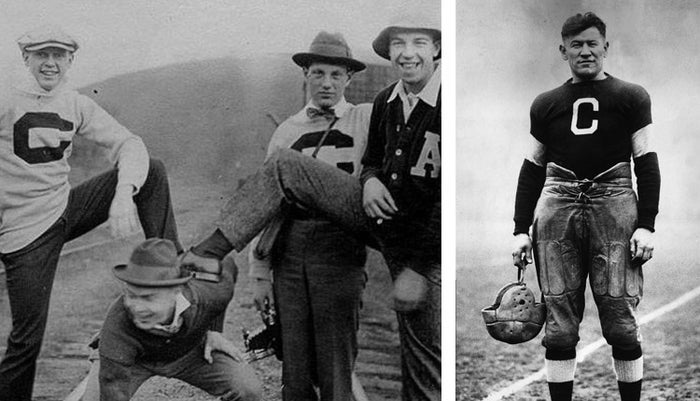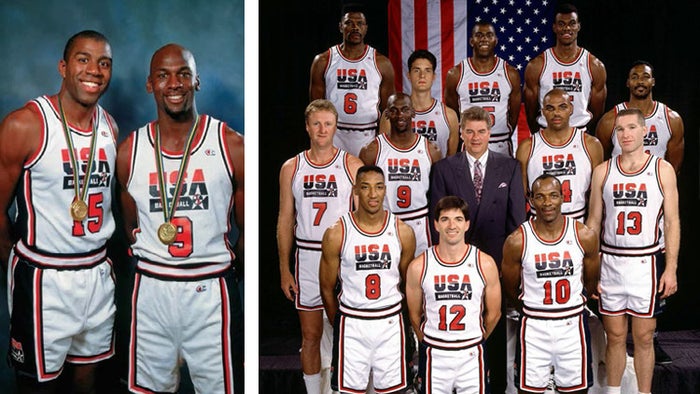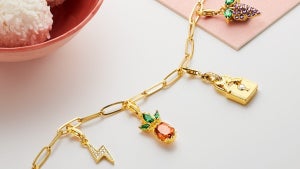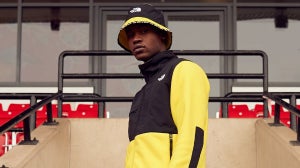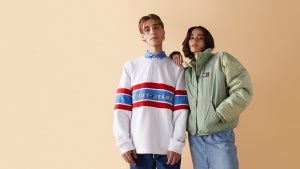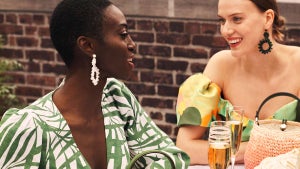
Founded in Rochester, New York almost a century ago, ChampionApparelstarted out life crafting high-quality sweatshirts and sweatpants for University and College sports teams local to New York City. The brand’s reputation soon spread, and before long Champion was the go-to apparel sportswear manufacturer for sports teams across the US.
The brand expanded its range while retaining its focus on premium quality sportswear. Champion’s fame grew as it was adopted by professional sports teams and the US Military Academy as its official uniform maker. Here's our complete guide to Champion apparel...
A Brief History of Champion Apparel
1919
The Feinbloom brothers establish the company that would become known as “Champion” in Rochester, New York, crafting sweatshirts and sweatpants for University and College sports teams in New York City
1920s
The business expanded across American Universities, beginning with Champion’s first partnership with the University of Michigan. Impressed by the quality and innovation of their sportswear.
Champion’s reputation quickly started to spread as Coaches from Michigan spoke with coaches from other schools and colleges. Across the U.S. Champion became the go-to manufacturer of sports apparel across the US University sports scene.
1930s—1940s

Renamed Champion Knitting Mills Inc, the brand expanded its range to take on T-shirts, athletic socks and more. Champion also developed woollen underwear as a prototype for the sweatshirt, protecting outdoor workers against the cold and increasing its reputation for functional, durable apparel. It wasn't long before Champion products were adopted by the US Military Academy. They were used during training exercises and physical education classes.
1950s—1960s
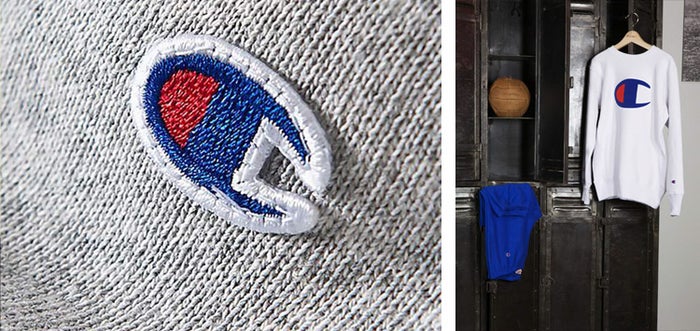
The redesigned logo, the now iconic “C” mark, appears for the first time and is affixed from then on to the left sleeve of the sweatshirt. This logo and positioning would become synonymous with Champion.
1952
Champion’s now famous Reverse Weave technique was finalised and became the brand’s signature design process.
The Champion Reverse Weave
Since it was first imagined in 1934, the Reverse Weave technique has been regarded as a pioneering method in manufacturing sports sweatshirts. The idea of the Reverse Weave came from the American coaches of the 1940s in order to be able to wash the uniforms of their athletes altogether without the risk of damaging them. To avoid horizontal shrinkage, the fibre fleece was turned upright.
To avoid shrinkage instead in the opposite direction all Reverse Weave sweatshirts, are characterized by two side panels on the sides. Even the cuffs, neck and bottom of the sweatshirts Reverse Weave have the same characteristic as the inserts in order to avoid the dispersion of heat during and after training, keeping the freedom of movement.
During the 1960s Champion entered into an intensive licensing program, which started with the National College Athletic Association (NCAA) and expanded in the 1970s with a partnership with the National Football League (NFL).
1970s—1980s
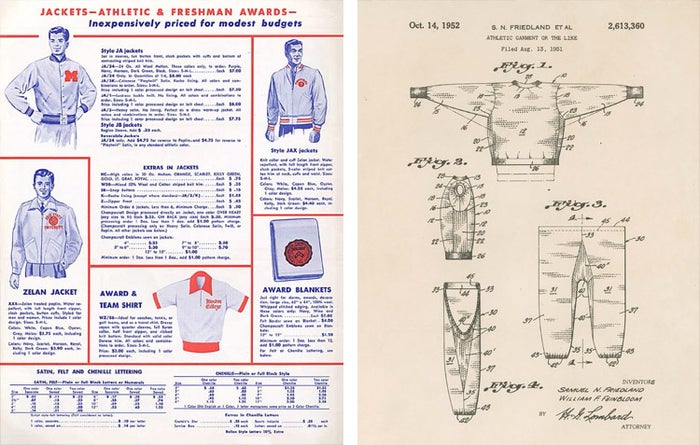
Champion becomes famous for creating one of the most important athletic garments of the 20th century: the Hooded Sweatshirt.
The hoodie was designed as a warm-up or “sideline” garment. Made to be practical between games or practice sessions.
Champion transcended what it meant to be an athletic brand by becoming the first Company to produce the Double Sided (or reversible) T-Shirt and the first to develop and manufacture a “Breathable” Nylon Mesh fabric, that would go on to become the staple fabric for basketball Uniforms across the Globe.
1990s—2000
Champion further strengthened its position at the forefront of American sport by acquiring the exclusive rights to be the official outfitter of all 27 teams of the National Basketball Association (NBA) in the early '90s. This was the golden age for the NBA. The partnership established Champion as the authentic go-to brand for all authentic on-court and off-court merchandise for the NBA.
Today, many NBA enthusiasts and collectors still hone in on iconic Champion pieces from the '90s.
Champion was also the official outfitter for the first and arguably the best-ever USA Dream Team. They went on to win the Gold Medal at the historical Olympics in Barcelona, Spain. Establishing Champion as an Authentic, Athletic, Apparel brand in Europe.
2000—2012
To mark the 60th anniversary of the year when they first patented the Reverse Weave Sweatshirt, Champion relaunched this legendary product in Europe. This coincided with the increase in demand from fashion-savvy consumers influenced by the music and streetwear culture of the 1990s.
2015
The original, heavyweight and understated line of Sweatshirts, T-Shirts, Sweatpants and Shorts, all bearing the iconic Champion “C” logo, were reintroduced. Introducing the brand to a new generation of consumers.
Who owns Champion Apparel today?
The company was originally in 1919 by two brothers. In 1989 by company, Sara Lee acquired Champion Apparel as they aimed to expand their share in the sweatshirt and fleece market. They also owned brands such as Coach at the time.
In 2001 Champion Europe was sold to a group of managers, with production no longer run by Sara Lee. Then in 2006, Sara Lee sold Champion to HanesBrands. HanesBrands later bought back Champion Europe in 2016 combining it with the core brand for the first time in 15 years.
Why is Champion Apparel Popular?
Today Champion Apparel is not just a sporting brand, it is a premium clothing label. The brand started making a comeback with prestigious collaborations with brands such as Supreme. Also worn by A-listers and artists such as Chance The Rapper. The brand became so popular again in 2018 it opened 3 stores in cities such as New York.
Rising trends such as athleisure and a consumer need for nostalgia and ’ '90s-inspired clothing could have led to the comeback of Champion. Desired for its retro-inspired high-quality loungewear, it continued to grow in popularity again.
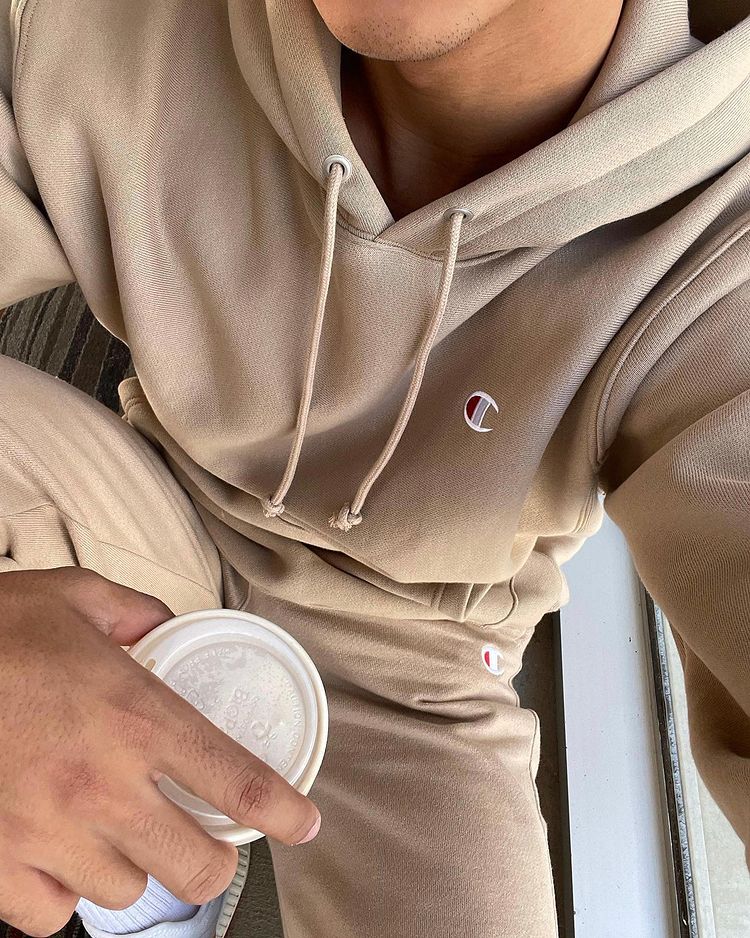
Champion Clothing Quality & Sizing.
Champion crew neck sweatshirts and hoodies are still made in the reverse weave today. The reverse weave means that they will not shrink in the wash, maintaining their quality. Many of their designs have the classic C embroidered on the front or cuff. On the inside of the sweatshirts and hoodies, they have a super soft finish for optimum comfort. These are heavy-weight high-quality sweatshirts so their shape will soften the more you wear them. The Champion t-shirts have their logo screen printed as their designs which are great for everyday wear building out your everyday wardrobe.
The Champion clothing range is true to size. If you need more help finding the right size for you use the sizing charts linked below.
SHOP THE LATEST CHAMPION AT THE HUT
Featured Image Credit – @lennijanssen @champion

